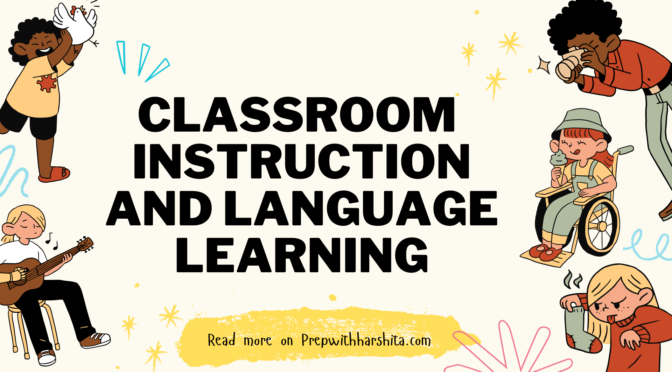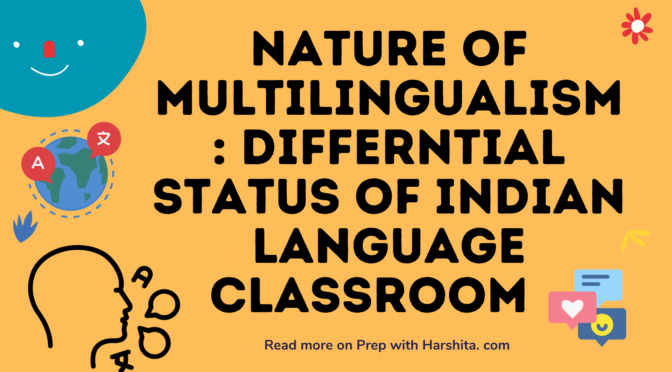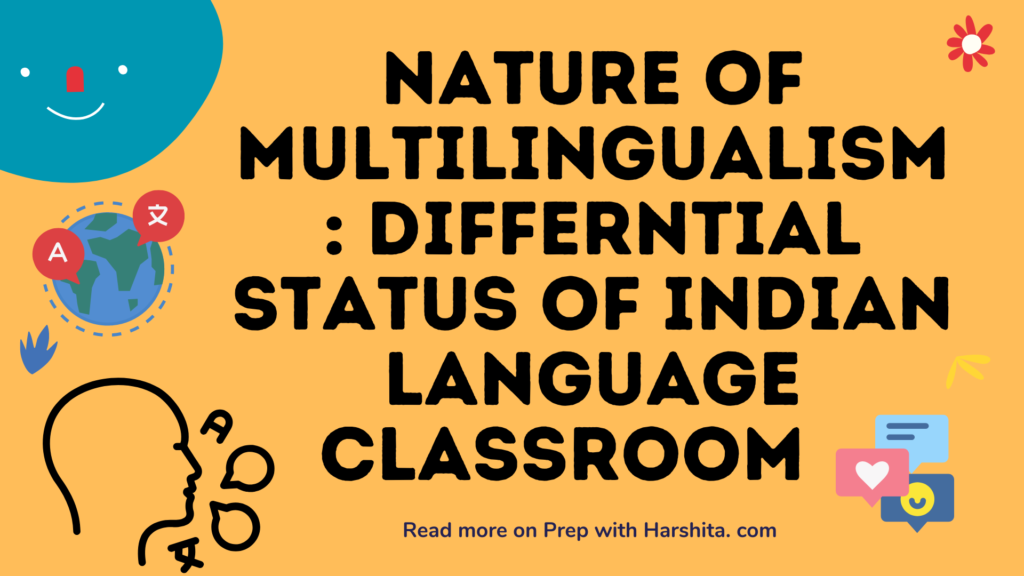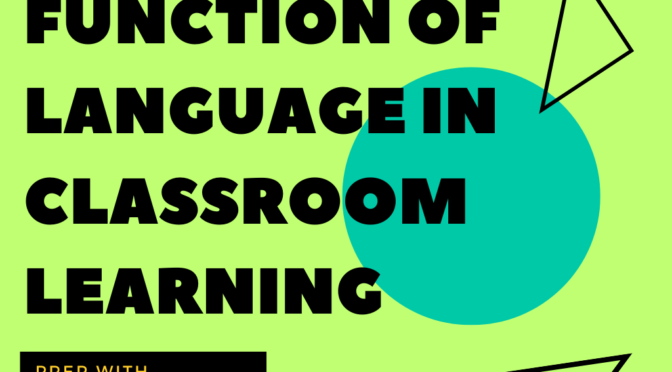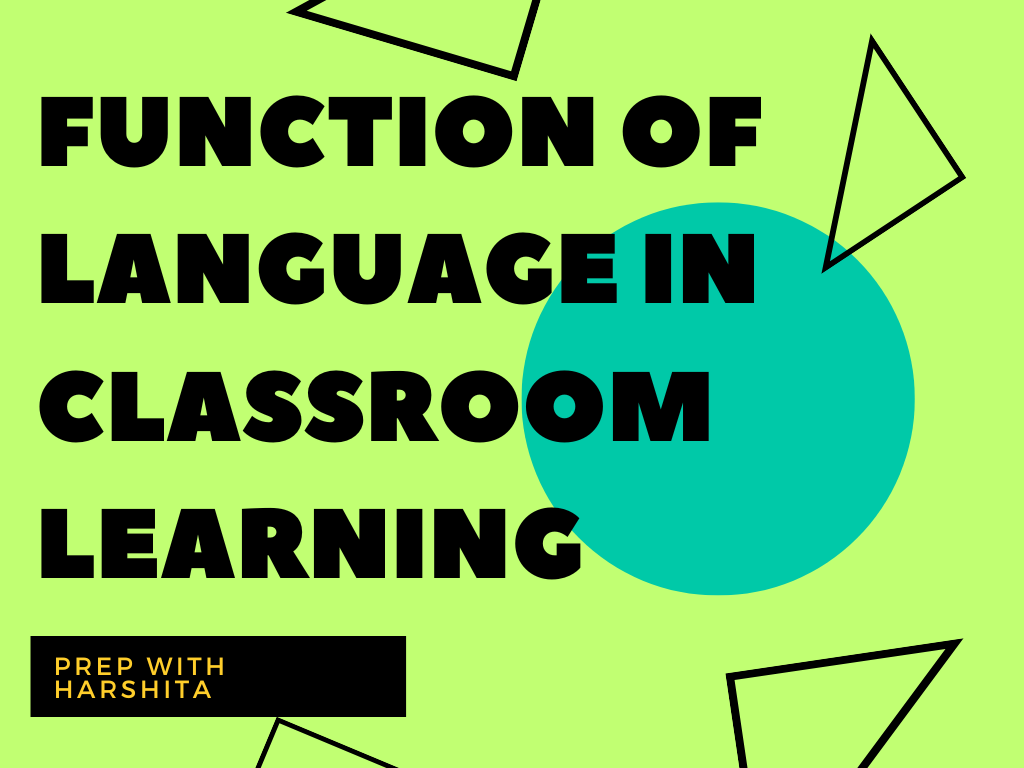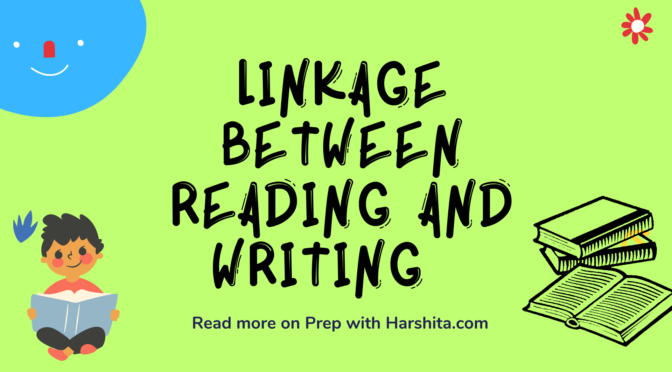Classroom instructions play a crucial role in language learning, as they provide opportunities for students to engage with the language, practice language skills, and develop their proficiency. Here are some key factors to consider in the context of classroom instructions and language learning:
- Clear and Comprehensible Input: Classroom instructions should be clear, concise, and easily understood by students. Teachers should use simple language, appropriate vocabulary, and support their instructions with visual aids, gestures, and real-life examples to enhance comprehension. Clear input helps students understand what is expected of them and minimizes misunderstandings.
- Language Modeling: Teachers serve as language models for students. They should demonstrate correct pronunciation, grammar, and usage of the target language. By using accurate and appropriate language, teachers provide students with examples to follow and help develop their language skills. Teachers can also explicitly teach language features and structures during instruction to enhance language acquisition.
- Interaction and Communication: Classroom instructions should promote active student participation, interaction, and communication. Teachers can encourage students to ask questions, engage in discussions, collaborate in group activities, and give presentations. These opportunities allow students to practice speaking, listening, and comprehension skills in authentic contexts, leading to improved language proficiency.
- Scaffolded Instruction: Teachers should provide support and scaffolding to students as they engage with language tasks. This can include breaking down complex instructions into smaller steps, using visual aids or graphic organizers to illustrate instructions, and providing examples or models to guide students. Scaffolding helps students understand and process the language, making the instructions more accessible.
- Differentiated Instruction: Students in the classroom come from diverse language backgrounds and proficiency levels. Teachers should consider these differences and provide differentiated instructions to meet the individual needs of students. Differentiated instruction may involve using simplified language for beginners, providing additional support for students with limited language proficiency, or challenging advanced learners with more complex tasks.
- Feedback and Correction: Effective language learning requires timely and constructive feedback. Teachers should provide feedback on students’ language use, pronunciation, grammar, and vocabulary during classroom instructions. This feedback can be given through verbal correction, written comments, or individual conferences. Clear and specific feedback helps students identify areas for improvement and make progress in their language development.
- Authentic Language Use: Classroom instructions should reflect real-life language use to make language learning more authentic and meaningful. Teachers can integrate real-world examples, authentic materials, and task-based activities that simulate real-life language situations. Authentic language use enhances students’ language proficiency by exposing them to natural language patterns, cultural contexts, and relevant vocabulary.
- Integration of Language Skills: Classroom instructions should integrate the four language skills – reading, writing, speaking, and listening. Teachers can design instruction that requires students to read and comprehend texts, write responses or essays, engage in discussions, and listen actively to instructions and peers. Integrating language skills provides holistic language learning experiences and helps students develop well-rounded language proficiency.
By considering these factors in classroom instructions, teachers can create a language-rich environment that supports language learning, promotes active engagement, and enhances students’ overall language proficiency.
Also Read : Role of Content subject teacher
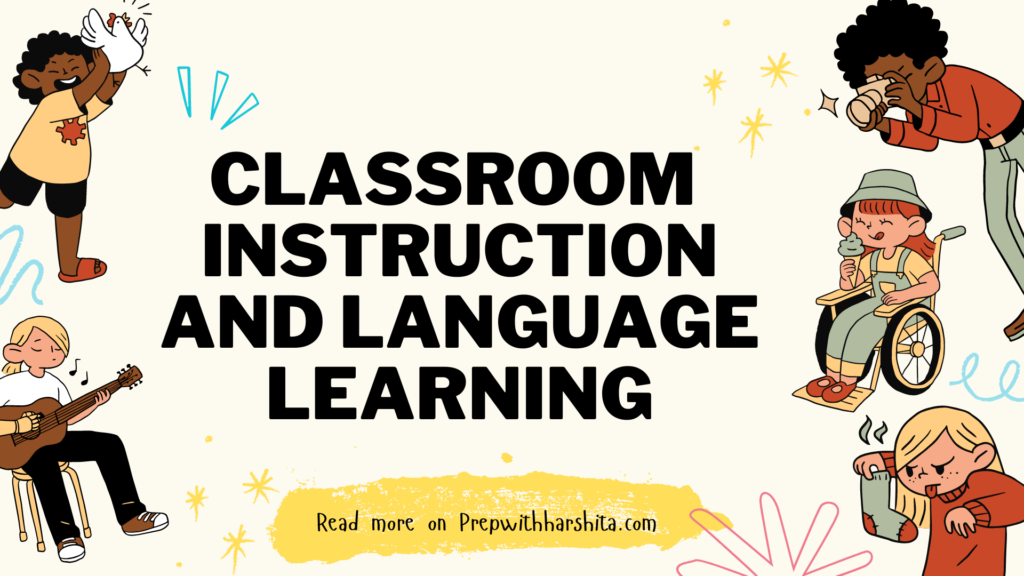
Also Visit : Prep with Harshita

